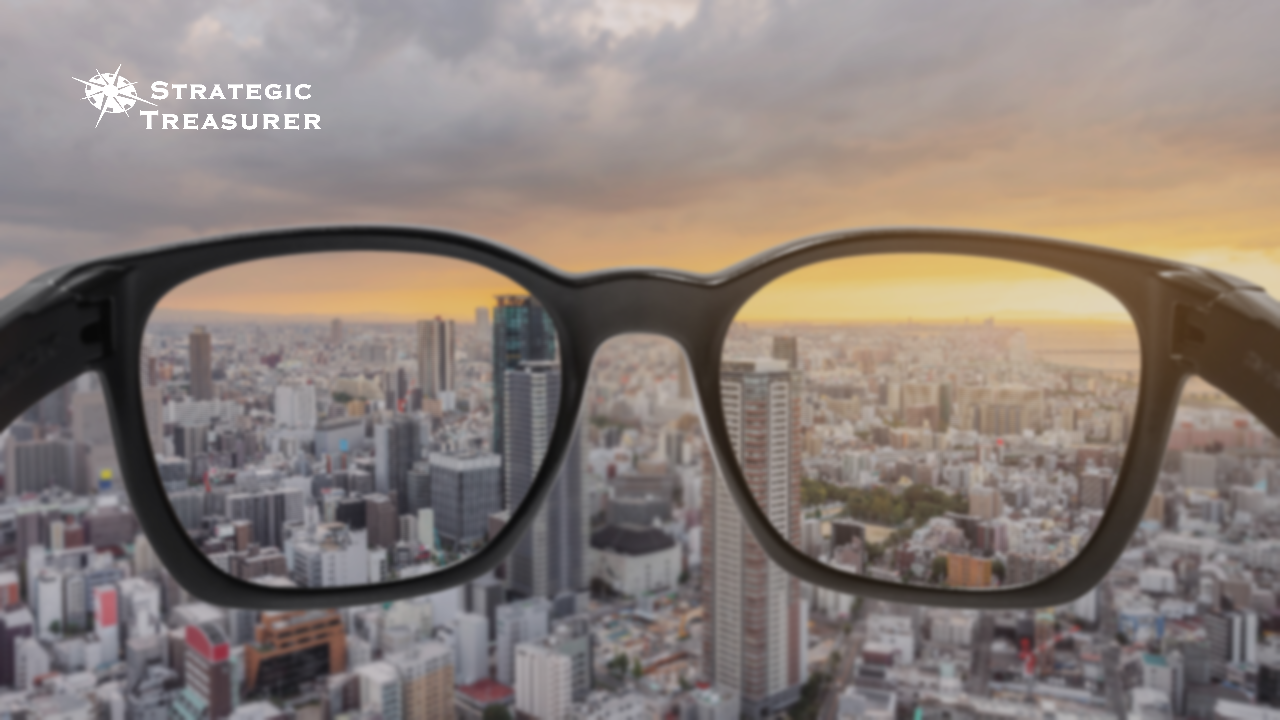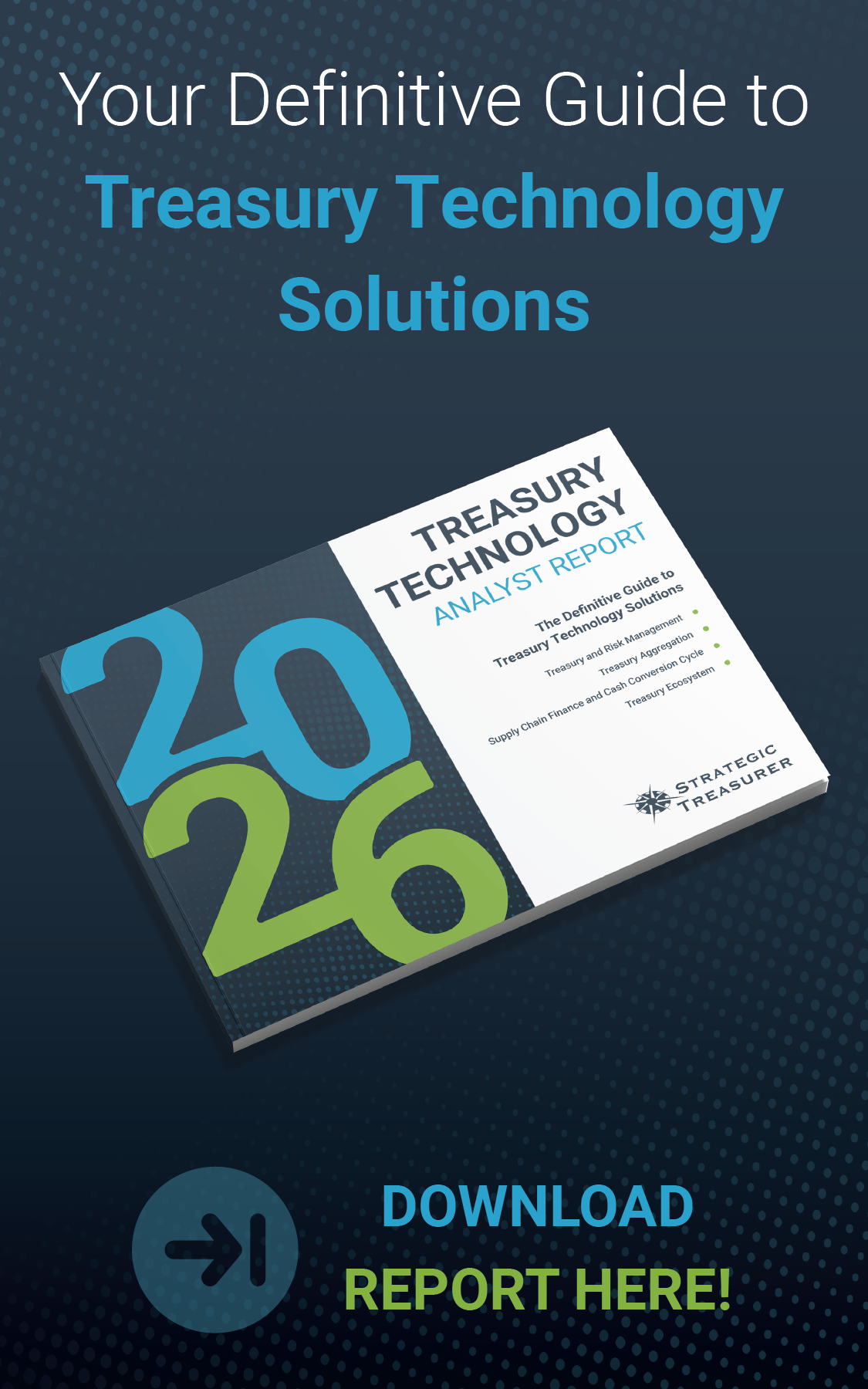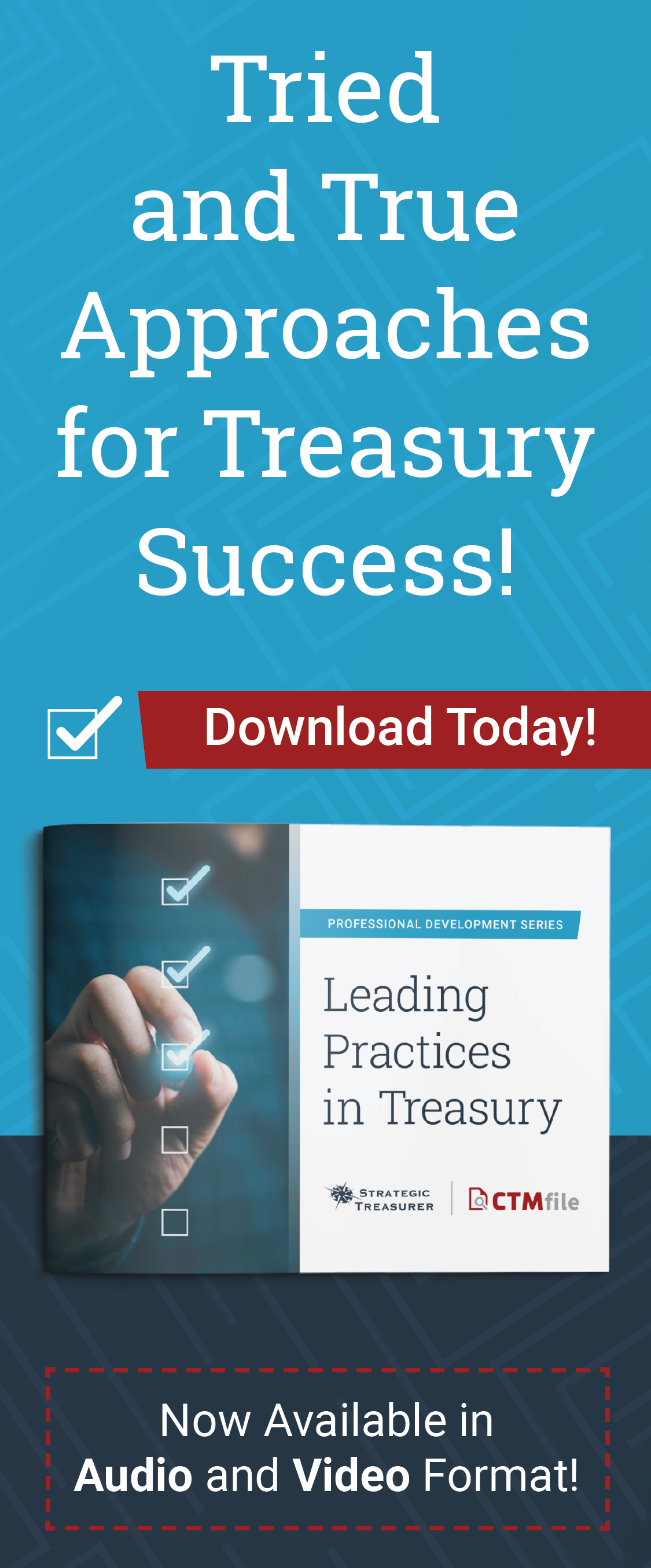
Hindsight Is Not 20/20
In the aftermath of events, we often look back to analyze our decisions and experiences. We compare our prior expectations of how things would pan out against our current perspective. “Of course,” we may comment, “hindsight is always 20/20.” We may say this in an attempt to console ourselves or others for not anticipating the actual outcome when it seems so obvious now. Perhaps we sometimes say it to encourage this exercise of backward-looking analysis.
At times, we may be correct in concluding that an event could not have been anticipated. Either way, we’re undoubtedly right to look back to see what we can learn. Even if a specific event could not have been expected and will never happen again, something else will happen. Valuing hindsight stems rightly from an appreciation that if we can identify what would have either prevented or made us better prepared to weather prior events, we can better prepare for future events.
Nonetheless, hindsight isn’t 20/20, and even if it were, that would not always be good enough. Questioning the 20/20 assumption and considering the real relationship between foreknowledge, disruptive events and hindsight can prove helpful in more effectively approaching multiple aspects of life, from career plans to business performance to personal life.
A Different Set of Biases
To continue with the eyesight analogy, we may describe hindsight as putting on a pair of glasses. What we experience in the aftermath of an event may feel similar to donning glasses and suddenly finding ourselves able to see the situation clearly, whereas before it all seemed confused and blurry.
If we analyze the situation quite carefully, however, we will typically find what we would expect to find in human nature: bias. Our hindsight glasses are tinted, and in some cases, the prescription is not right for us.
This may manifest in a variety of ways. We may, for example, purify our own motives in retrospect, believing that we acted with the best intentions and forgetting that, in the moment, we acted self-protectively rather than generously. We may retroactively tint the motives of others or view various aspects of the event through a different color than is necessarily realistic.
Our memories are often selective as well, resulting in our remembering certain parts of an experience that made a deeper impact on us, perhaps emotionally, and failing to remember many other parts. (For some sober inspiration to take your memories with a grain of salt, try looking up some articles on the psychological phenomena of “memory biases.”) In remembering a certain year of our life, for example, it’s surprisingly easy to focus in on one or two very negative events and, ignoring the entire rest of the year, label it a “bad year.”
Perhaps even more dangerously, however, we tend to emphasize certain aspects and individual factors, often allowing the outcome to confirm an earlier hypothesis without truly considering all the elements at play. We reflect on the situation and feel a potentially misleading sense of security in our perceptions, but we do not weigh it thoroughly with sober judgment, carefully parsing out the complexities and factors. As Nicholas Taleb notes when discussing the concept of “narrative fallacy” in The Black Swan, “Explanations bind facts together. They make them all the more easily remembered; they help them make more sense. Where this propensity can go wrong is when it increases our impression of understanding.” We boil things down, chalk things up and occasionally become resistant to data that brings our only lightly tested hypotheses into question.
To be fair to ourselves, in many cases the cause and effect is precisely as simple as we imagine. We fail to change the oil in our vehicle at the prescribed mileage, we continue by ignoring the “change oil” light on the dashboard, and our engine seizes up. The sequence of events and the causation here are rather straightforward. Perhaps a few additional factors were at play, but none likely played so large a part as our negligence.
In contrast, consider the 2008 financial crisis. Determining the cause and effect in this situation cannot be as simple as in the example of the car engine. Certainly, many important factors are identifiable, but it’s easy for us to condense it down, pinning the entire event on one factor. Perhaps that factor was deeply instrumental, but this overly simplistic type of hindsight is not 20/20. It’s tunnel vision.
With the accumulation of these biases, assumptions and simplifications of prior events and experiences, it is all too easy for hindsight to become warped. The clarity we feel in the aftermath of events can be misleading, and if we aren’t cautious, our conclusions about the past will lead us astray in our preparation for the future.
When 20/20 Isn’t Good Enough
In 2011, the northeastern coast of Japan suffered from a chain reaction of related disasters that caused tens of thousands of deaths and hundreds of thousands of displaced residents with no home to return to. First, the most powerful earthquake Japan has experienced in recorded history (magnitude 9.0-9.1) occurred in the Pacific off the coast of Japan. This earthquake triggered a massive tsunami, which not only razed a large area to the ground, but also led to the meltdown of the Fukushima Daiichi nuclear power plant.
Residents in the affected coastal towns had only minutes of warning before the tsunami struck. However, in the tiny coastal village of Aneyoshi, there was no destruction when the wave hit. Why? After a destructive tsunami in the late nineteenth century and another in the 1930s, the residents of Aneyoshi relocated their village to higher ground, carved a message on a stone and placed it at the highest point the waves had hit: “Do not build any homes below this point!”
Similar “tsunami stones” are scattered generously across the northeastern Japanese coastline. Not all of them say exactly the same thing, but their purpose is clear: to warn future generations of the very real danger of tsunamis. The sense of risk, however, has faded with the passage of time, and Aneyoshi is one of only a handful of villages that have continued to heed the warnings generations later.
It’s easy at times to look back through our own lives, remember the disasters we ourselves have lived through and remain wary of the things we’ve seen cause problems. It’s less easy to look back further, pay attention to history and heed the warnings of prior generations.
The numbers in “20/20” refer to a measurement of distance. Its meaning, then, is not precisely that you have “perfect vision,” but simply that your eyesight is good for 20 feet away. At times, we only need to look back “20 feet” into the past to see what we need, but at other times, such as when deciding where to build your home on a coast that, every few decades, experiences destructive tsunamis, our hindsight wouldn’t be good enough even if it were 20/20, because we need to look further back. We need good distance vision.
To look at this from a different angle, consider the problem of expected values. When we roll a pair of dice, we know that the possible outcomes are any number from two to twelve. However, we also know that the most likely numbers to roll, statistically speaking, are those in the middle. Seven is most common, six and eight follow closely behind, five and nine are a bit less common and so on. As a result, when we roll dice, the expected value is in the middle range of commonly rolled numbers. Maybe we leave a little margin, but we often don’t account for all the most uncommon possibilities.
“Uncommon,” however, doesn’t mean “impossible.” Occasionally, we roll a twelve or a two. Occasionally, a massive tsunami hits northeastern Japan. Occasionally, a market that had been growing steadily for years collapses. By nature, these unexpected values disrupt the norm and overturn the structures we have built around our expected values, making them destructive and throwing us – whether we be players of a game, residents of a town, investors, or etc. – into confusion.
Our hindsight, whether 20/20 or not, doesn’t tell us about the disruption that happened before we were born and could possibly happen again tomorrow. The point here is not to be paranoid or to live in fear of unlikely events. The point is to realize that, while they’re not likely, they are possible, and some unlikely possibilities are well worth preparing for. This applies to our personal lives, our personal finances, our careers and also our organizational liquidity planning.
Clearing up Our Vision
If hindsight is both inaccurate and too short, what measures can we take to understand the recent past and “expect the unexpected” from the more distant past?
Listen to other perspectives. Similarly, listen to perspectives from the past. Heed the tsunami stones and build on higher ground. Remember to account for the unexpected values.
Having additional perspectives, past or present, gives us depth perception (so long as we don’t confine our search to those who we already believe will agree with us). While our hindsight can be prone to bias, comparing our views to those of others helps us question our assumptions and consider other possible interpretations of outcomes. Feedback on ourselves, as well, helps us to consider our actions in a different light. We must remember that others have their own glasses on as well, and sometimes we receive feedback that doesn’t apply or is only half-helpful. For the most part, however, the more feedback we have, the more accurate our view becomes.
Beyond simply asking a few others in the industry – which is doubtless helpful but limited – there are various other ways for finance and treasury professionals to find other perspectives. Benchmarking, for example, shows organizations and departments their position in relation to that of others, which indirectly but effectively offers alternative perspectives and a less biased view of one’s own position. (For more information on benchmarking for corporate treasury, banks and fintechs, click here.)
Surveys are another way to find out what others are thinking and how they are viewing and responding to certain developments and situations. The Treasury Coalition, of which Strategic Treasurer is a member, is currently running the Global Recovery Monitor, a 5-minute, biweekly survey keeping a pulse on treasury and finance professionals’ sentiments and outlooks during the development and resolution of the COVID-19 crisis. We believe having information sooner is better than later, and this rapid reporting is aimed to gather and distribute data now, when it is most needed. In addition, it will be interesting to see what we learn from tracking perspectives in the midst of the crisis. Comparing them to our hindsight afterward may help identify industry biases.
To view and respond to Strategic Treasurer’s active surveys and download prior industry survey reports, click here. To see the results so far from the Global Crisis Monitor, follow this link, or click here to register for the upcoming webinar on July 15th in which representatives from the Treasury Coalition will discuss the results.



